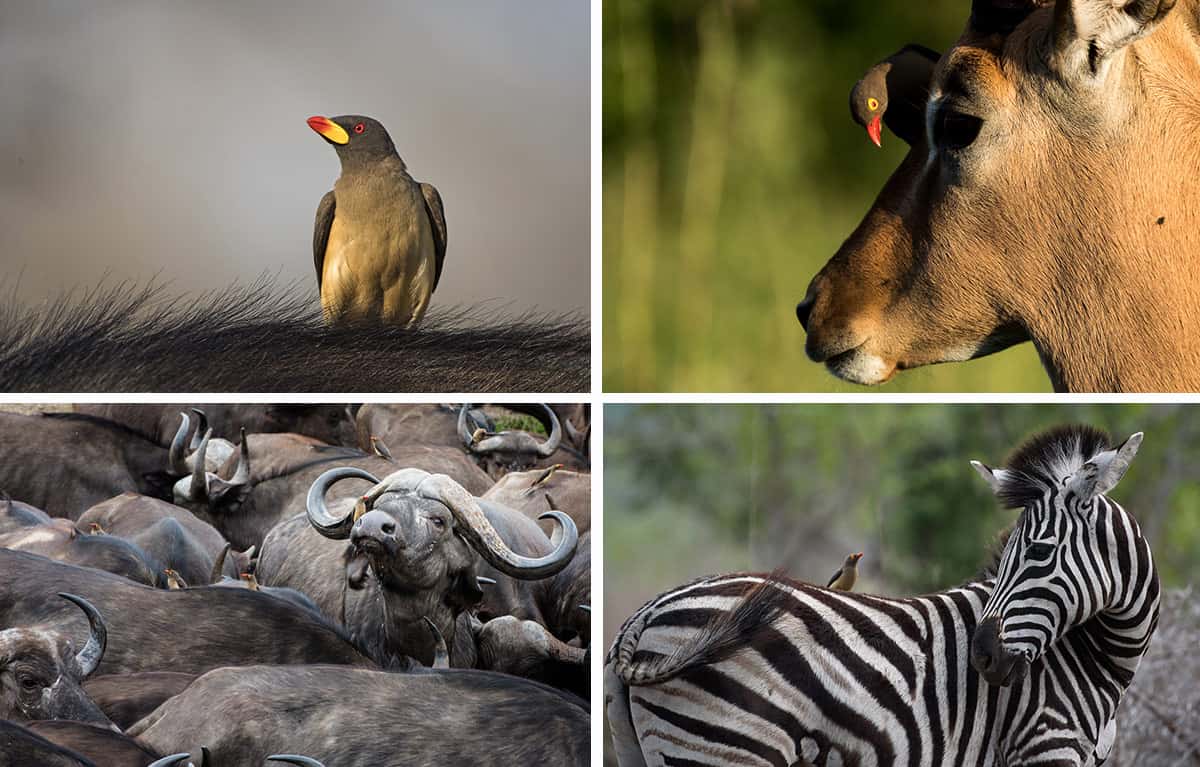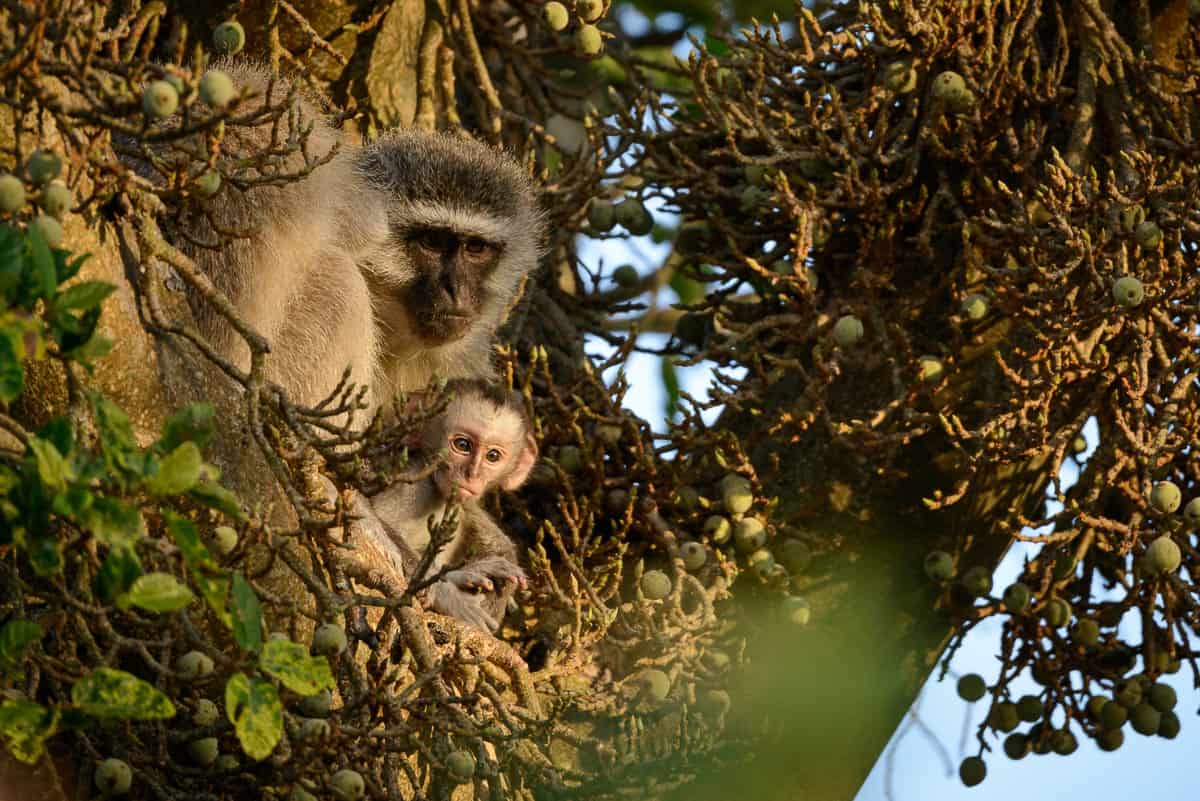The feeling is mutual
on Oct 09, 2019The fascinating interaction between different species that forge interdependent relationships to the advantage of at least one of the parties involved is called symbiosis and refers to how these species live together and rely on each other for survival. Mainly three types of symbiosis exist; commensalism results in a positive benefit for one of the species, while the other remains unaffected; parasitism affects one party negatively and mutualism creates a harmonious platform where both species take advantage from the relationship. At Sabi Sabi a multitude of interesting examples of mutualism take place, providing a win-win solution and healthy functioning of the natural ecosystem.

Perched on the back of a variety of mammals such as zebra, giraffe, buffalo and antelope, Oxpeckers – of which there are two local species - are believed to have a mutually beneficial relationship with these mammals. They feed almost exclusively on what they can collect from the host’s hide. Ticks, fleas, mites, flies and lice are plucked from the ears and sensitive skin of the host, relieving itchiness and irritation. Dead epidermal flakes and wounds are also exploited, the latter for rotting wound tissue, fly maggots and fluids – including substantial amounts of blood. In this way, the Oxpeckers assist with the cleaning of wounds and promote healing – although prolonged activity may actually delay healing. The Oxpecker’s bill is specially adapted to laterally compress which helps the birds work their way through their host’s coat in a comb-like fashion. As part of a perfect working relationship combining constant pest control and a source of food, the Oxpecker also makes loud chirping and hissing noises when spotting danger, providing a warning system to their much larger hosts.

A mutualistic relationship exists between the unlikely duo of the Yellow-billed Hornbill and the Dwarf mongoose, where both species keep a lookout and warn each other of danger while feeding together. Constantly on the prowl for prey, Dwarf mongooses turn over stones and dig in the ground for scorpions and other invertebrates. While snapping up whatever morsels the Dwarf mongooses miss, the hornbills in turn provide an alarm system warning of imminent danger. From a higher vantage point, the hornbill utters an alarm call upon spotting raptors or a ground predator, sending the mongooses dashing to the nearest place of safety. It is believed that the relationship between these two species is so stable that hornbills wait in the early morning outside mongoose burrows and if the inhabitants are slow to rise, tap on the termite mound in an attempt to rouse its sleepy band of companions.

The Sycamore Fig tree is home to a congregation of insects, reptiles, rodents and birds, providing a year-round fig feast to its inhabitants and to antelope, warthogs, elephants and baboons in fallen fruit on the ground. These majestic trees generally grow in riverine areas and can attain great heights of 15 metres or higher. Characterised by a unique pollination system, the tree holds a symbiotic relationship with the Fig wasp. Attracted to the delicate smell released by the figs, female Fig wasps crawl through the opening at the base of the fig to lay their eggs, simultaneously pollinating the hundreds of internal flowers, and then dies. Once the eggs have hatched inside the fruit and the wasps have gone through pupation, the wingless mature males and females mate. Unable to survive outside of the fig for very long, the males dig a tunnel for the females to emerge. The females, with pollen sticking to their bodies, then fly to another tree to repeat the cycle of pollination and egg-laying. These minute wasps (only 1 mm long) depend on the fruit of the Sycamore Fig tree, sometimes referred to as the ‘queen of trees’ for its short life cycle of only a couple of hours, while simultaneously playing a vital role in the lifespan of a centuries old tree.

Species involved in a mutualistic relationship co-evolved; each was part of the other’s environment and found ways to benefit both parties in the long-term, assisting one another in surviving the challenges of Mother Nature. These species demonstrate the ability to abandon their usual strategies and learn something new, a very useful skill for humans too.






